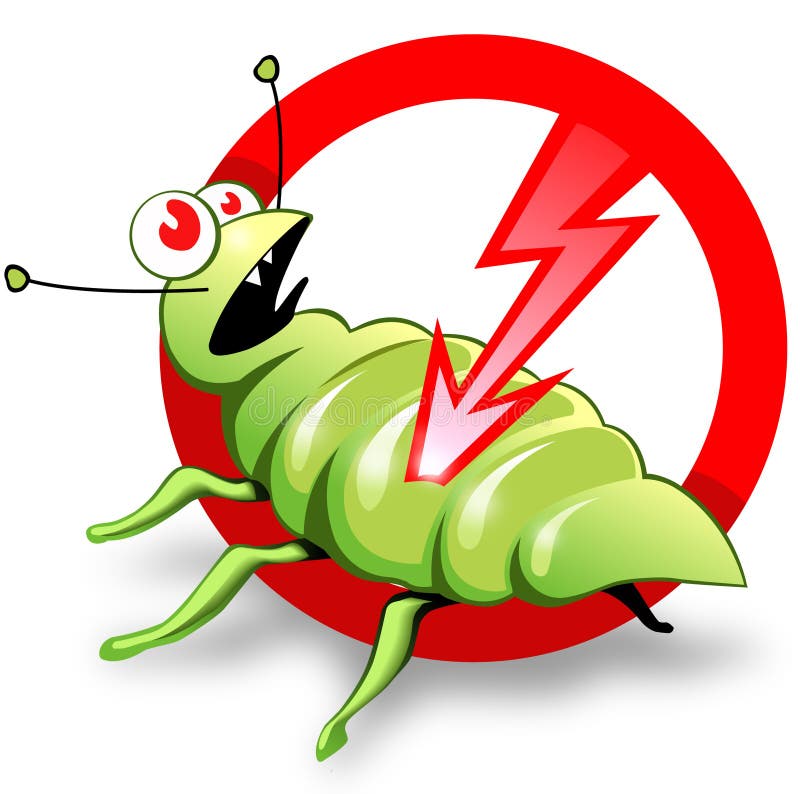Discovering Infestation and Therapy Techniques on the planet of Insect Control
The landscape of parasite control incorporates a myriad of obstacles, specifically as infestations of common household pests continue to evolve. By incorporating preventative actions with innovative monitoring strategies, such as Integrated Bug Administration (IPM), house owners can better protect their environments.

Usual Family Pests
When it comes to handling our living spaces, understanding typical family insects is critical. These bugs not only interrupt our comfort yet can likewise pose wellness dangers and damages building. The most prevalent household parasites include ants, roaches, rodents, termites, and bed insects.
Ants, frequently seen foraging in kitchen areas, can infect food and develop large colonies. Rodents, including computer mice and rats, can create architectural damages and lug diseases like hantavirus and salmonella.
Recognizing the indications of these bugs, such as droppings, nests, or attack marks, is crucial for very early treatment (Pest Control Lockhart). Proper sanitation practices, sealing entry points, and maintaining a clutter-free environment work preventative steps. By determining these typical home bugs and comprehending their habits, house owners can take positive steps to reduce invasions, guaranteeing a healthier living environment
Understanding Parasite Infestations
Parasite problems can intensify swiftly, turning a minor annoyance right into a considerable issue if not addressed without delay. Recognizing the nature of these invasions is important for reliable administration. Insects can attack household and industrial spaces for numerous reasons, including the look for food, shelter, or reproducing grounds. Common variables adding to problems consist of poor cleanliness, architectural susceptabilities, and seasonal modifications that drive parasites inside.
Determining the kind of insect is essential, as different varieties exhibit different actions and reproductive rates. Rats might establish nests in covert locations while pests like cockroaches flourish in moist settings. Early discovery frequently depends upon recognizing indications such as droppings, munch marks, or unusual sounds, which can indicate an issue prior to it ends up being extreme.
Ecological problems also play an important function in bug expansion. Cozy, moist environments can promote the rapid development of pest populations, while changes in landscaping or construction can inadvertently create conducive environments. Regular inspections and preventative measures are extremely important to minimizing the threat of problems. An educated technique to comprehending these dynamics prepares for reliable bug administration techniques in the future.
Treatment Approaches and Methods
Reliable treatment approaches and methods are important for minimizing parasite invasions and bring back a safe atmosphere. A complex method is often best, integrating chemical, biological, and mechanical methods customized to the particular parasite and the seriousness of the invasion.
Chemical therapies include using pesticides and herbicides, which can efficiently remove pests. Proper application and adherence to security standards are crucial to reduce dangers to human beings and non-target microorganisms. Integrated Pest Management (IPM) motivates the sensible usage of chemicals as a last resort, relying instead on tracking and limit degrees to establish treatment demands.
Biological control approaches entail presenting natural predators or parasites to lower parasite populaces. This method is increasingly popular, specifically in farming settings, as it promotes ecological sustainability.
Mechanical look what i found techniques, such as traps and obstacles, give instant remedy for pests without presenting chemicals. Choices consist of sticky catches for insects or physical obstacles for rodents.
Ultimately, the selection of treatment method need to think about the particular parasite, the atmosphere, and potential influences on human health and wellness and ecosystems. A well balanced combination of these approaches can successfully manage invasions while advertising long-lasting pest control options.
Preventive Actions for House
Proactively addressing insect concerns before they rise is important for keeping a healthy home atmosphere (Pest Control Lockhart). Implementing efficient safety nets can significantly decrease the chance of infestations, eventually guarding both your building and well-being

Appropriate landscaping also plays an important role in prevention. Maintaining bushes and trees trimmed away from the home reduces the chances of parasites locating their method indoors. Make sure that drainage systems are functioning successfully to avoid standing water, which can attract in insects and other pests.
Finally, routine assessments are recommended. Routinely looking for indications Related Site of pest activity enables very early intervention. By embracing these safety nets, property owners can develop an atmosphere that is much less congenial to parasites, thus boosting their overall lifestyle and decreasing the demand for extensive bug control treatments.
Industrial Parasite Control Strategies
A detailed approach to industrial parasite control is important for services intending to maintain a risk-free and sanitary environment. Effective methods entail a mix of regular evaluations, staff member training, and the execution of Integrated Pest Administration (IPM) methods.
Normal examinations enable early detection of insect activity, enabling for prompt treatment. Organizations should develop a routine schedule for these assessments, concentrating on high-risk areas such as kitchens, storeroom, and waste disposal sites. Employee training is equally essential; personnel ought to be informed on the indications of insect infestations and the significance of reporting them right away.
Carrying out IPM methods assists reduce insect issues sustainably. This consists of environment adjustment, such as sealing entry factors and lowering clutter, as well as using natural deterrents before turning to chemical therapies.

Additionally, working together with a licensed parasite control provider ensures accessibility to specialist understanding and advanced therapy choices. check that This partnership can bring about customized insect control plans customized to the particular needs of business, lessening risks and boosting general efficiency. Eventually, a proactive and educated approach cultivates a pest-free environment, guarding both public health and wellness and organization track record.
Conclusion
In verdict, reliable parasite control necessitates an extensive understanding of typical home bugs and their habits, combined with targeted therapy techniques. Carrying out preventative actions along with therapy approaches such as Integrated Parasite Monitoring and organic control improves the capability to alleviate invasions.